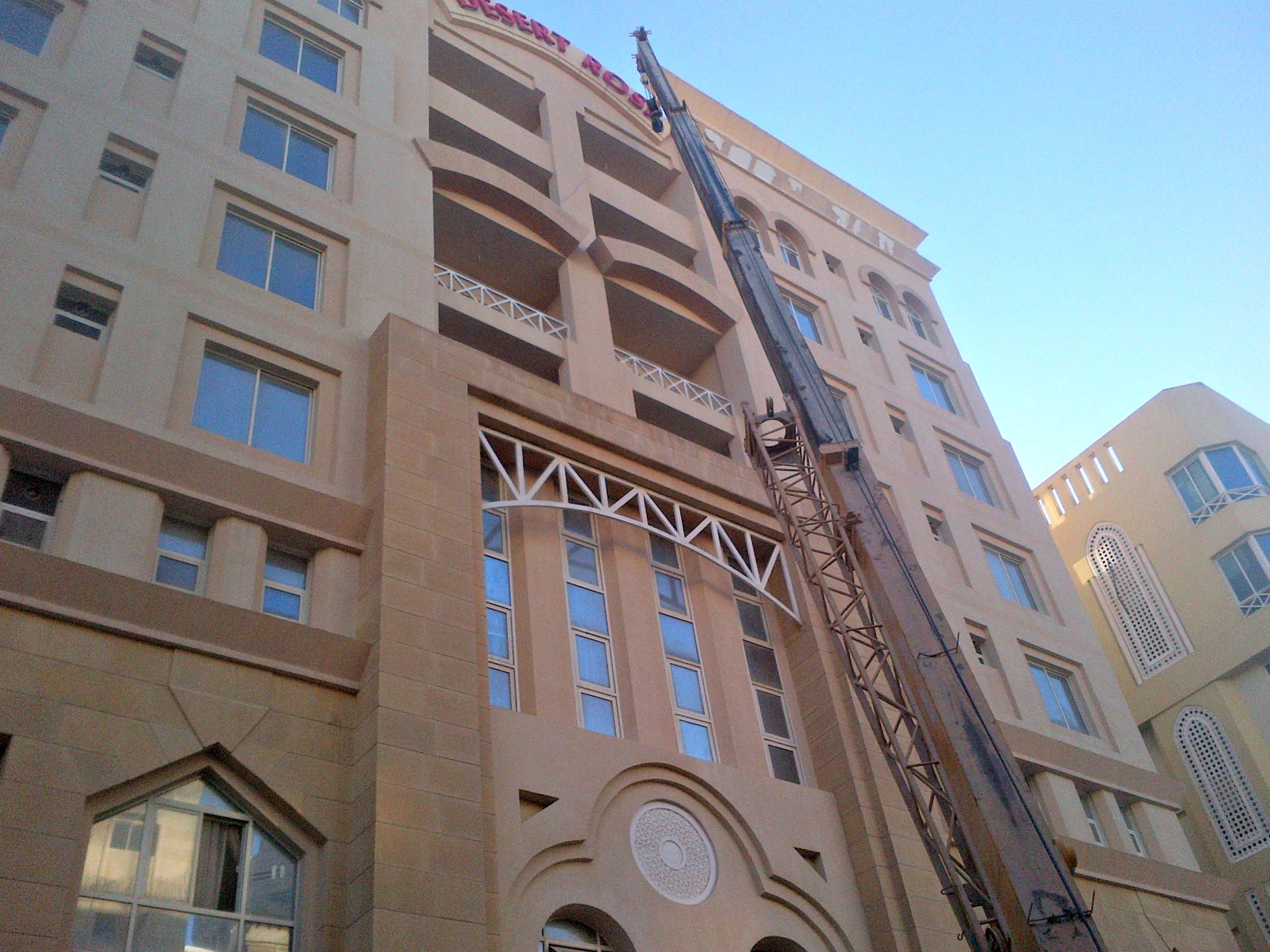
Home builders in Qatar are unable to keep pace with the country’s rapidly growing population, leading to housing shortages and rising rents, according to two new reports.
While actual prices vary depending on the size, location and quality of the unit, recent research by Qatar-based Al-Asmakh Real Estate Development found residential rents increased five to 10 percent in the first three months of the year, compared to the end of 2013.
A separate report by real estate services firm Colliers International puts the average increase slightly lower, at four percent, during the same time period.
Despite these increases, average rental rates are still below the peaks reached in 2008, which was followed by several years of declines before the market began heating up again in 2012.
Rental costs by area
Currently, high-end three and four-bedroom villas in Onaiza and Al Waab currently cost renters roughly QR18,000 a month, according Al-Asmakh.
Similar sized villas in Madinat Khalifa, Gharrafa, and Al Hilal are slightly less expensive, at QR13,000 to QR15,000 per month.
The firm found that average rental rates for two-bedroom apartments, meanwhile, stand at QR15,500 in the Pearl-Qatar and QR14,500 in West Bay.
However, Colliers’ estimates for two-bedroom apartments in those two neighborhoods are marginally lower, and its report adds that two-bedroom units average QR8,000 in Al Saad and roughly QR7,500 in Old Airport.
Outlook
According to the two companies, market forces are set to put further upward pressure on rents in the coming years as demand for housing greatly outstrips supply.
Colliers estimates 22,000 new homes will be constructed by 2018, adding to Qatar’s existing housing stock of 122,000 units. However, demand for housing is set to reach 266,000 units – excluding labor camps – during the same time frame, the company estimates.
“Doha’s residential real estate market will continue to remain significantly under-supplied over the next five years,” Colliers says.
Meanwhile, a government crackdown on illegally partitioned villas is likely to exacerbate the shortage. Inspectors are stepping up their enforcement of laws prohibiting unauthorized modifications of homes.
Many middle-income expats rent rooms within divided villas to lower their housing costs and live closer to their workplaces.
The government says that these illegal alterations pose a safety hazard, but expats living in them say that they are the only kinds of housing they can afford.
Labor camps
Al-Asmakh’s report also raises questions over whether there are enough accommodations for low-income expats, despite a recent spurt of new projects.
The infrastructure building boom underway in advance of the 2022 World Cup is expected to require a massive influx of foreign labor.
Government estimates suggest the country’s population will surge 15 percent this year alone to reach 2.4 million residents.
Al-Asmakh estimates Qatar needs to recruit another half-million blue-collar workers to construct the buildings and infrastructure projects that have already been publicly announced.
However, by its calculations, the labor camps planned and under construction can only accommodate 100,000 additional individuals.
Those figures include Barwa’s massive “Worker’s City” in the Industrial Area – formally known as Barwa Al Baraha – which is scheduled to see its first residents early next month.
Furthermore, tightening living standards for workers mean labor camp landlords will be limited in how many individuals can be accommodated in each unit.
Standards for contractors working on World Cup or Qatar Foundation projects ban companies from installing bunk beds and can only house up to four workers in a room.
Additionally, government officials promised unspecified universal rules for workers’ accommodations as part of proposed reforms to Qatar’s kafala, or sponsorship, system announced last month.
This, Al-Asmakh says, combined with the forced exodus of laborers from residential areas and the growing population, will only add to the demand for new labor camps:
“As per our estimate nearly 500,000 to 800,000 new beds would be required to accommodate the inflow of new workers to the country and existing laborers which would need to be migrated from housing units and poorly managed labor camps.”
Thoughts?







